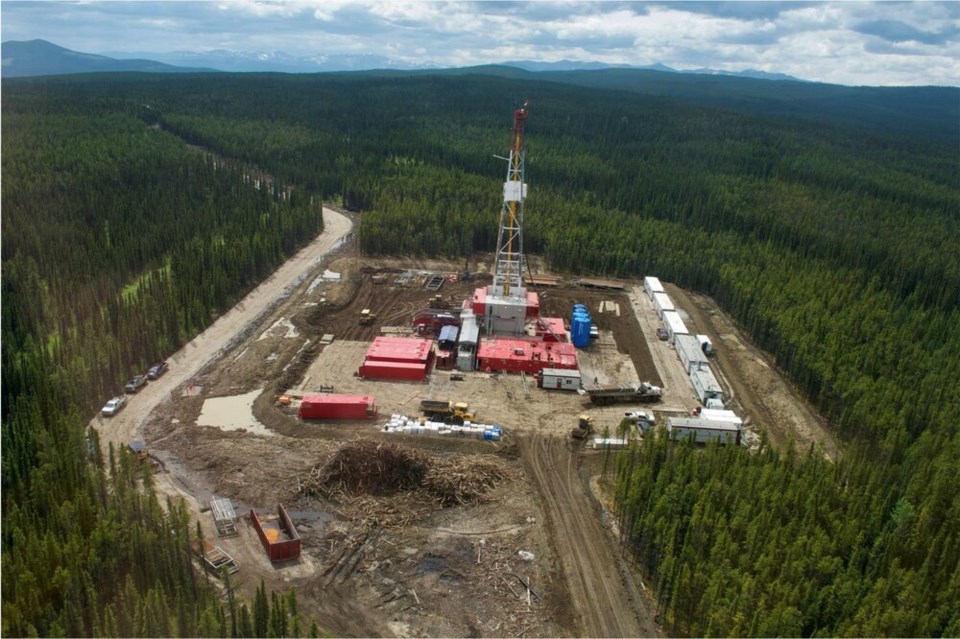A B.C. government program that has handed out billions of dollars to the oil and gas industry is “broken,” according to an independent assessment looking into the province’s royalty system.
On Thursday, the government released the in what it says is an effort to modernize the program. That means making sure British Columbians get a fair return on oil and natural gas revenue, and that the program aligns with the province’s goals on reconciliation and protecting the environment.
“Government takes this situation very seriously and will work toward an overhaul of the current system that eliminates outdated, inefficient fossil-fuel subsidies and ensures British Columbians get a fair return on our resources,” said Minister of Energy, Mines and Low Carbon Innovation Bruce Ralston in a written statement.
Released Thursday, the independent assessment noted there are nearly 36,000 active oil and gas wells in the province, with another 8,600 authorized for drilling. Nearly all of them are on Crown land leased to drilling and extraction companies.
The current royalty system, in place since 1992, provides payments to companies through a complex and outdated system that makes it difficult to audit, notes the assessment. Two programs currently provide companies with monthly payments to help them with the cost of drilling, reducing greenhouse gas emissions and building other well infrastructure such as roads.
Completed by public policy researchers Nancy Olewiler of Simon Fraser University and Jennifer Winter of the University of Calgary, the assessment found the Deep Well Royalty Program likely contributes to a higher cost and more inefficient industry; the Infrastructure Royalty Credit Program, meanwhile, may be leading to “inadvertent double dipping” by oil and gas companies. Together, the province has provided oil and gas companies over $10 billion under the two royalty programs.
The researchers found that without the royalty credits, revenue flowing to the province from oil and gas would be “significantly higher.”
“There is no apparent market failure that currently justifies the continuation of these credits,” wrote Olewiler and Winter.
ENVIRONMENTAL CONCERNS
By lowering well operating costs, the royalty programs create incentives to drill wells that otherwise would not have existed, note the authors, “increasing land and ecosystem disturbance.”
The independent assessment comes less than a week after a group of UBC researchers released maps showing the B.C. government is subsidizing oil and gas drilling across a swathe of federally designated .
Their conclusion: “Public funds are subsidizing caribou extinction.”
While not linking oil and gas subsidies with the survival of caribou populations, the latest assessment found government royalties are not compatible with the province’s environmental goals of lowering greenhouse gas emissions and minimizing the disturbance of land often overlapping with First Nations territories.
“There is a fundamental question of how much the Crown should offset the costs of fossil fuel development given its multiple objectives,” wrote the authors.
In a press release, a spokesperson for Ministry of Energy, Mines and Low Carbon Innovation said the independent assessment will guide research on how to modernize the system, with a review of the royalty system set to be released in February 2022.




